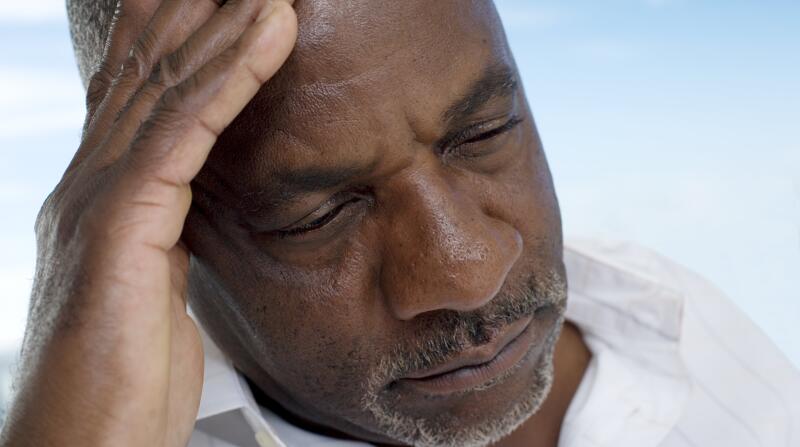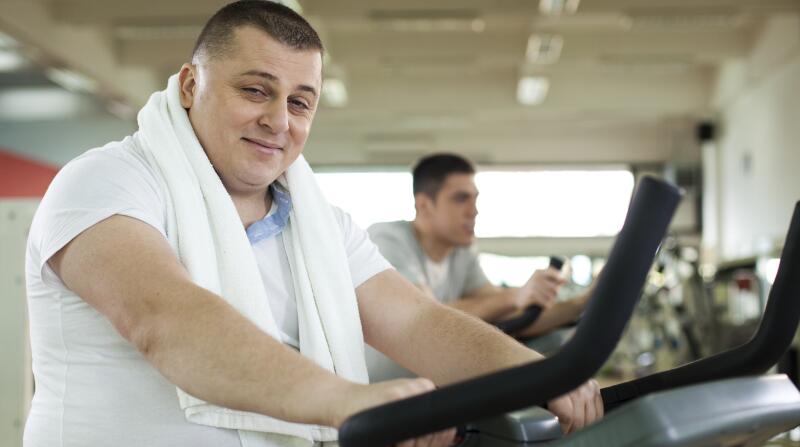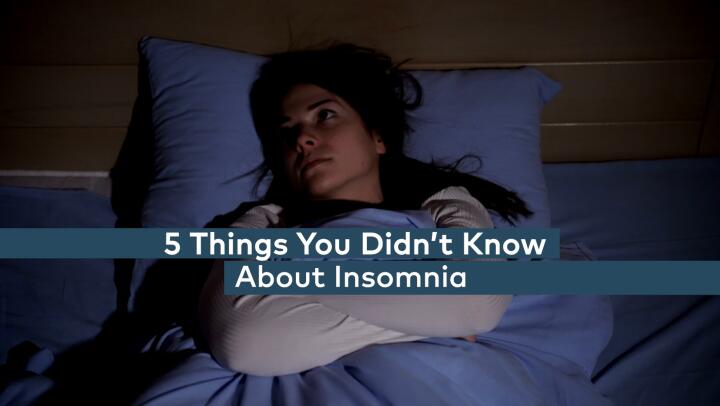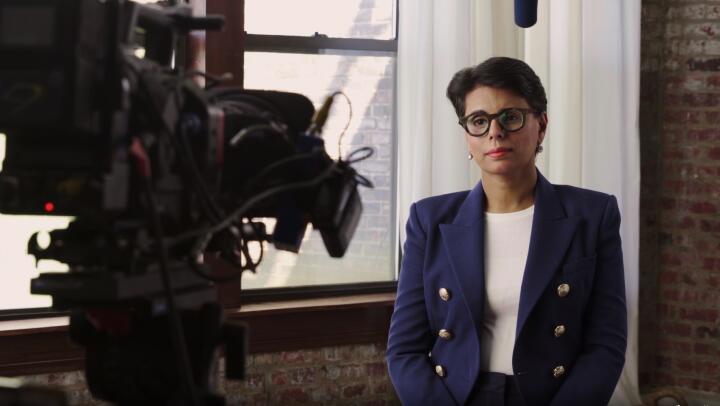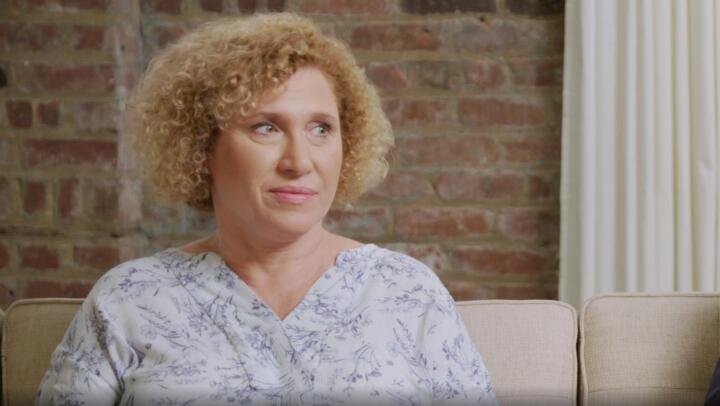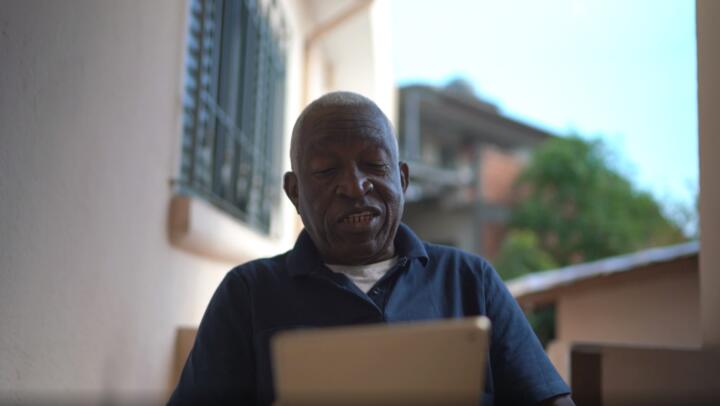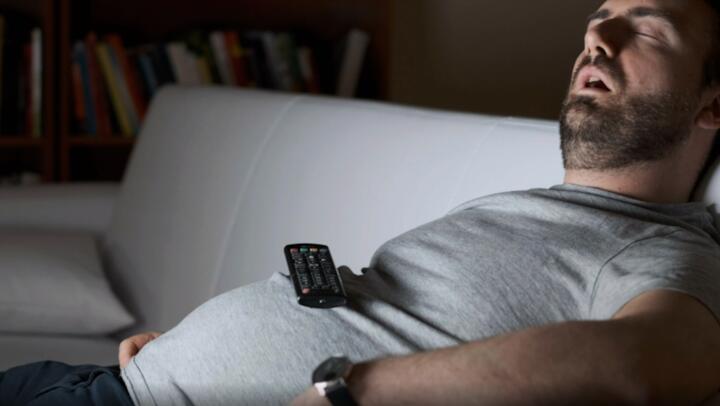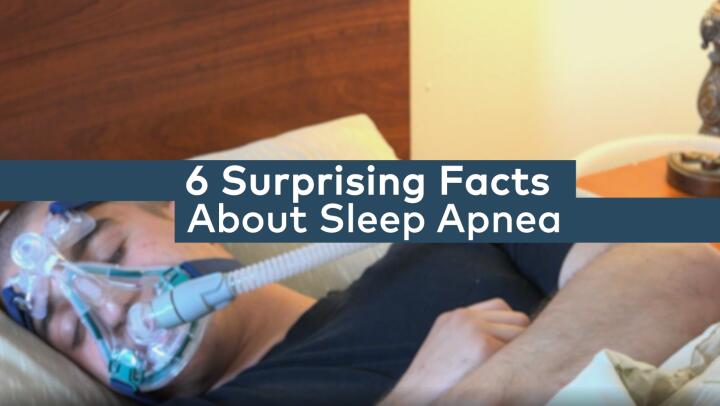Sleep Apnea: 9 Things Doctors Want You to Know

Medically Reviewed By William C. Lloyd III, MD, FACS
Written By Darcy Lewis on September 5, 2020
-
 What Is Sleep Apnea?Snoring may not seem like a sign of a serious health problem, but it can mean you have sleep apnea. In this condition, breathing stops and restarts during sleep, sometimes dozens of times an hour. The result is disrupted sleep that doesn’t refresh and a host of physical concerns like high blood pressure. According to the National Sleep Foundation, up to 20% of adults have apnea. Fortunately, sleep apnea treatments are highly effective and generally not invasive. Here’s what three sleep apnea specialists want you to know about this common sleep disorder, including sleep apnea symptoms and causes.
What Is Sleep Apnea?Snoring may not seem like a sign of a serious health problem, but it can mean you have sleep apnea. In this condition, breathing stops and restarts during sleep, sometimes dozens of times an hour. The result is disrupted sleep that doesn’t refresh and a host of physical concerns like high blood pressure. According to the National Sleep Foundation, up to 20% of adults have apnea. Fortunately, sleep apnea treatments are highly effective and generally not invasive. Here’s what three sleep apnea specialists want you to know about this common sleep disorder, including sleep apnea symptoms and causes. -
 1. “Sleep apnea is dangerous if left untreated.”When you sleep, your throat muscles relax. In obstructive sleep apnea, those relaxed muscles cause your airway to narrow. Or maybe your airway is naturally narrow or your tonsils unusually large. Either way, the result is the same: You can’t take in enough oxygen when you breathe. Your brain responds by briefly rousing you to breathe again. But once you fall back asleep, the apnea cycle repeats until you awaken for the day. “These breathing interruptions are not good for the brain, the heart, or the blood vessels,” says Dr. Oleg Kouskov, a pulmonologist in Meridian, Idaho. “That means people with apnea are more likely to have high blood pressure, heart failure, stroke, and heart arrhythmias like atrial fibrillation. This is why it’s so important to diagnose and treat sleep apnea promptly.”
1. “Sleep apnea is dangerous if left untreated.”When you sleep, your throat muscles relax. In obstructive sleep apnea, those relaxed muscles cause your airway to narrow. Or maybe your airway is naturally narrow or your tonsils unusually large. Either way, the result is the same: You can’t take in enough oxygen when you breathe. Your brain responds by briefly rousing you to breathe again. But once you fall back asleep, the apnea cycle repeats until you awaken for the day. “These breathing interruptions are not good for the brain, the heart, or the blood vessels,” says Dr. Oleg Kouskov, a pulmonologist in Meridian, Idaho. “That means people with apnea are more likely to have high blood pressure, heart failure, stroke, and heart arrhythmias like atrial fibrillation. This is why it’s so important to diagnose and treat sleep apnea promptly.” -
-
 2. “Feeling exhausted all the time is not normal.”The demands of modern life make it easy to get up too early, stay up too late, and end up tired and sleep deprived. But if you’re constantly exhausted or wake up tired most mornings, consider whether you might have sleep apnea. Other symptoms include morning headaches, a dry mouth or sore throat on wakening, insomnia, irritability, declining sex drive, depression, and daytime sleepiness. “Many people with sleep apnea don’t realize how bad they feel because it comes on gradually,” says Dr. Richard Beyer, a neurologist in Woodland, Calif. “They think, ‘I’m middle-aged with a stressful job so this is how I’m supposed to feel.’ But it’s not.”
2. “Feeling exhausted all the time is not normal.”The demands of modern life make it easy to get up too early, stay up too late, and end up tired and sleep deprived. But if you’re constantly exhausted or wake up tired most mornings, consider whether you might have sleep apnea. Other symptoms include morning headaches, a dry mouth or sore throat on wakening, insomnia, irritability, declining sex drive, depression, and daytime sleepiness. “Many people with sleep apnea don’t realize how bad they feel because it comes on gradually,” says Dr. Richard Beyer, a neurologist in Woodland, Calif. “They think, ‘I’m middle-aged with a stressful job so this is how I’m supposed to feel.’ But it’s not.” -
 3. “If you snore, tell your doctor.”Your healthcare provider may ask about your sleep at routine office visits. But if not, raise the topic yourself. Share specific descriptions of what your sleep is like, especially if you wake up tired or you or your partner have concerns about you snoring. “Don’t wait for your doctor to ask about sleep,” says Dr. Gary Trock, a neurologist who specializes in sleep disorders at Beaumont Hospital in Royal Oak, Mich. “Doctors should bring it up, but many don’t due to time pressures or because they forget.”
3. “If you snore, tell your doctor.”Your healthcare provider may ask about your sleep at routine office visits. But if not, raise the topic yourself. Share specific descriptions of what your sleep is like, especially if you wake up tired or you or your partner have concerns about you snoring. “Don’t wait for your doctor to ask about sleep,” says Dr. Gary Trock, a neurologist who specializes in sleep disorders at Beaumont Hospital in Royal Oak, Mich. “Doctors should bring it up, but many don’t due to time pressures or because they forget.” -
 4. “You need a sleep study to diagnose sleep apnea.”In addition to snoring, being overweight or having a thick neck are the main warning signs of sleep apnea. It’s more common among men than women, but getting older makes sleep apnea more likely in both sexes. Many sleep apnea specialists say they can predict whether someone has sleep apnea based on just these traits and a physical exam, but the only way to know for sure is to complete an overnight sleep study. Your doctor will determine whether you can do a home sleep study or whether you need to go to a sleep center. Either way, simple sensors attached to your body overnight will record your pulse, heart rate, and breathing and count the number of breathing interruptions. “Patients are often shocked when I tell them how many times they stopped breathing during the sleep study,” says Dr. Beyer. “They’ll guess they stopped breathing 5 to 10 times that night when it was actually 40, 60, even 100 times per hour. That’s when they realize this is serious.”
4. “You need a sleep study to diagnose sleep apnea.”In addition to snoring, being overweight or having a thick neck are the main warning signs of sleep apnea. It’s more common among men than women, but getting older makes sleep apnea more likely in both sexes. Many sleep apnea specialists say they can predict whether someone has sleep apnea based on just these traits and a physical exam, but the only way to know for sure is to complete an overnight sleep study. Your doctor will determine whether you can do a home sleep study or whether you need to go to a sleep center. Either way, simple sensors attached to your body overnight will record your pulse, heart rate, and breathing and count the number of breathing interruptions. “Patients are often shocked when I tell them how many times they stopped breathing during the sleep study,” says Dr. Beyer. “They’ll guess they stopped breathing 5 to 10 times that night when it was actually 40, 60, even 100 times per hour. That’s when they realize this is serious.” -
 5. “Lifestyle changes help control sleep apnea.”If you’re diagnosed with sleep apnea, making lifestyle changes like losing weight, getting more exercise, and cutting down on alcohol, especially at night, should be at the top of your to-do list. Smokers should quit smoking and people with hay fever or other allergies may want to see an allergist. “If your sleep apnea is mild, lifestyle improvements may be all the treatment you need.” Dr. Kouskov says. “But even moderate and severe apnea is helped by these positive changes.”
5. “Lifestyle changes help control sleep apnea.”If you’re diagnosed with sleep apnea, making lifestyle changes like losing weight, getting more exercise, and cutting down on alcohol, especially at night, should be at the top of your to-do list. Smokers should quit smoking and people with hay fever or other allergies may want to see an allergist. “If your sleep apnea is mild, lifestyle improvements may be all the treatment you need.” Dr. Kouskov says. “But even moderate and severe apnea is helped by these positive changes.” -
-
 6. “CPAP machines are effective at treating apnea.”Fortunately, the main therapy for sleep apnea is noninvasive and works on just about everyone. A continuous positive airway pressure (CPAP) machine delivers slightly pressurized air using a mask that fits over your nose while you sleep. Your doctor will set it so the CPAP’s air pressure is just strong enough to keep your airway from collapsing while you sleep. This eliminates apnea and snoring. “If you can keep that mask on your face overnight, CPAP is 99% effective at curing sleep apnea,” Dr. Trock says. Other treatment options include mouthguards made by specially trained dentists that gently pull the jaw forward. Surgery may also be an option for people whose apnea is caused by the size or shape of their mouth or throat.
6. “CPAP machines are effective at treating apnea.”Fortunately, the main therapy for sleep apnea is noninvasive and works on just about everyone. A continuous positive airway pressure (CPAP) machine delivers slightly pressurized air using a mask that fits over your nose while you sleep. Your doctor will set it so the CPAP’s air pressure is just strong enough to keep your airway from collapsing while you sleep. This eliminates apnea and snoring. “If you can keep that mask on your face overnight, CPAP is 99% effective at curing sleep apnea,” Dr. Trock says. Other treatment options include mouthguards made by specially trained dentists that gently pull the jaw forward. Surgery may also be an option for people whose apnea is caused by the size or shape of their mouth or throat. -
 7. “CPAP machines can take time to get used to.”Some people find such immediate relief when they start using a CPAP machine that they happily use it all night, every night. For other people, sleeping with a mask on can be difficult. “There are 300 masks on the market, so there should be a workable option out there. Finding the right fit is both a science and an art,” says Dr. Beyer. “If something doesn’t feel right or sleeping is difficult, we want to hear about it right away and work with you to make it better.” His practice offers sessions in which patients can spend up to 90 minutes during the day to sample different masks and get used to having the air blow. Some even try napping with the CPAP on during the session.
7. “CPAP machines can take time to get used to.”Some people find such immediate relief when they start using a CPAP machine that they happily use it all night, every night. For other people, sleeping with a mask on can be difficult. “There are 300 masks on the market, so there should be a workable option out there. Finding the right fit is both a science and an art,” says Dr. Beyer. “If something doesn’t feel right or sleeping is difficult, we want to hear about it right away and work with you to make it better.” His practice offers sessions in which patients can spend up to 90 minutes during the day to sample different masks and get used to having the air blow. Some even try napping with the CPAP on during the session. -
 8. “You don’t have to be overweight to have apnea.”Although being overweight is a leading risk factor for sleep apnea, it’s possible to have the condition even if your weight is in a healthy range. Dr. Trock himself is a case in point: “I’m 5’11”, 145 pounds, and work out all the time,” he says. “But I have apnea and I couldn’t do my job if I wasn’t treated. The fatigue was overwhelming.”
8. “You don’t have to be overweight to have apnea.”Although being overweight is a leading risk factor for sleep apnea, it’s possible to have the condition even if your weight is in a healthy range. Dr. Trock himself is a case in point: “I’m 5’11”, 145 pounds, and work out all the time,” he says. “But I have apnea and I couldn’t do my job if I wasn’t treated. The fatigue was overwhelming.” -
 9. “Children can have sleep apnea, too.”Just because sleep apnea is most common in overweight adults in midlife or later doesn’t mean children can’t develop it, too. “For children 10 and under, apnea is often the result of enlarged tonsils or adenoids or having a smaller jaw. For these patients, tonsil removal may be our first-line treatment,” says Dr. Kouskov. “As children move into the teen years, the causes tend to be the same as what we see in adults: being overweight and having thick necks.”
9. “Children can have sleep apnea, too.”Just because sleep apnea is most common in overweight adults in midlife or later doesn’t mean children can’t develop it, too. “For children 10 and under, apnea is often the result of enlarged tonsils or adenoids or having a smaller jaw. For these patients, tonsil removal may be our first-line treatment,” says Dr. Kouskov. “As children move into the teen years, the causes tend to be the same as what we see in adults: being overweight and having thick necks.” -

What Is Sleep Apnea? | 9 Things Doctors Want You to Know About Apnea


